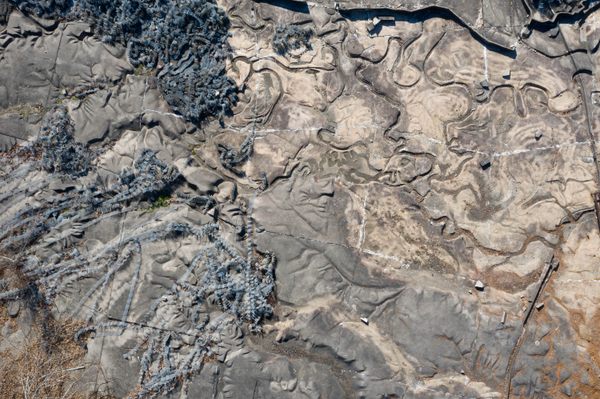100 Wonders: Model Behavior
The work of the US Army Corps of Engineers often goes largely unseen and unappreciated—when they do make the news, it’s usually when things have gone wrong. Think of, say, when the New Orleans levees failed, or species are endangered by dams. Critique of the 245-year old agency crosses party lines: Mother Jones has called them “plodding, complacent, careless” while the Cato Institute makes regular calls for their dismantling.
But the US Army Corps of Engineers does have small moments of strange beauty. The Mississippi River Basin Model is one such example.
In 1943, work began on the model, which was being built to better understand flooding along the Mississippi. Wartime workers were hard to find, so the Army Corps used the manpower that was available to them—Italian and German prisoners of war. Many of the laborers were capable engineers, handpicked for the project, and they proved to be hard to replace when the war ended.
The model was built at a skewed ratio, with a horizontal scale of 1:2000, but a vertical scale of 1:100 (meaning the Rocky Mountains would be a towering 50-feet tall). It saw 79 simulations run over its active period, with each simulation taking anywhere from weeks to months. In 1952, information gathered using the model prevented major flooding in Omaha, avoiding as much as $65 million in flood damages. The model also became a tourist destination for a time, drawing over 5,000 people a year to stride like giants along walkways above the banks of the tiny Mississippi.
The model was supposed to be completed by 1948, but the work wasn’t finished until 1966, a full 26 years after it was started. Six years later it was used for the last time. Today it sits abandoned in a Jackson, Mississippi, park. As the largest small-scale model ever built, it is a piece of beautiful, if unintentional, art. The USACE should be proud.


























Follow us on Twitter to get the latest on the world's hidden wonders.
Like us on Facebook to get the latest on the world's hidden wonders.
Follow us on Twitter Like us on Facebook